Publications
The network’s key outputs include annual reports on migration and asylum, thematic studies, Informs on issues of immediate priority, ad-hoc queries, and the EMN Asylum and Migration Glossary.
All publications from 2017 onwards are available on our website. To request older publications, please contact us at emn@migri.fi. Studies and reports are sometimes also published in print. The publications are also available on the network’s international website(siirryt toiseen palveluun).
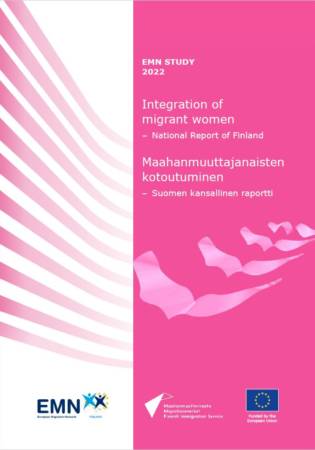
The Finnish national report for this EMN study discusses the extent to which the special characteristics of the integration of migrant women have been taken into consideration in Finnish integration policy. This study covers women who have moved to Finland from third countries. The first part examines, in light of statistics, the backgrounds of women who migrate to Finland as well as their most significant opportunities and challenges related to integration. The second part of the study examines solutions to improve the integration of migrant women through integration policy. Third part introduces selected best practices of promoting the integration of migrant women.
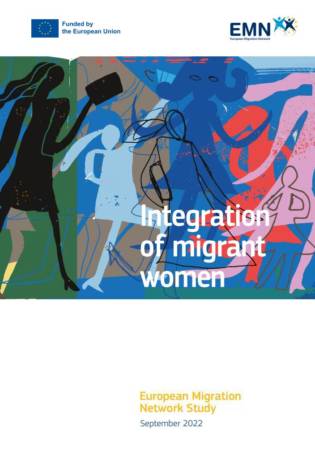
This EMN study focuses on the main areas covered by the EU Action plan on Integration and Inclusion 2021-2027 that support the integration of migrant women for example in education and training, employment and skills, health and housing as these are considered by the Action Plan the base for societal integration. The study examines how Member States consider the distinct situation of migrant women in their integration policies and measures.
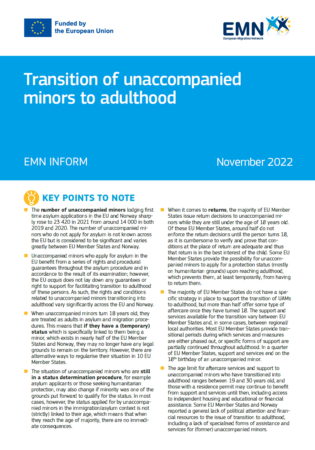
This EMN inform explores the situation of all unaccompanied minors reaching adulthood who are classified as unaccompanied minors in the Member States and Norway – including, to the extent possible, both those who do and do not apply for asylum.
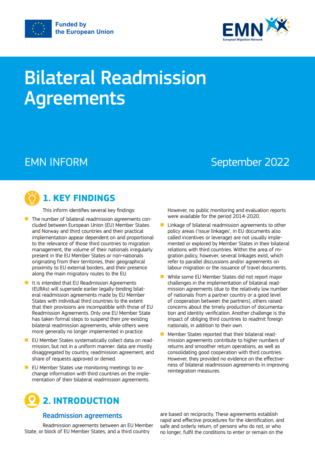
This inform looks at the implementation, monitoring and evaluation, and effectiveness of bilateral readmission agreements signed by EU Member States. The Inform includes an inventory on bilateral readmission agreements signed by or entered into force in EU Member States in 2014-2021.
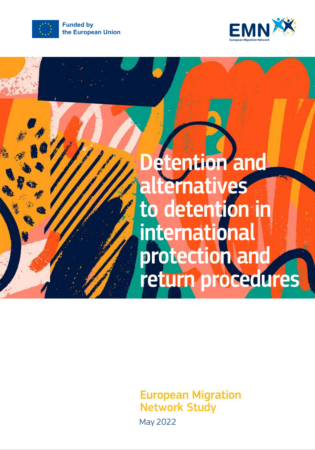
This study aimed to identify similarities, differences, practical challenges, and best practices in the use of detention and alternatives to detention in the Member States within the framework of both international protection and return procedures. The study paid special attention to the use of detention and alternatives to detention in relation to vulnerable persons such as minors, families with children, pregnant women, and people with special needs.
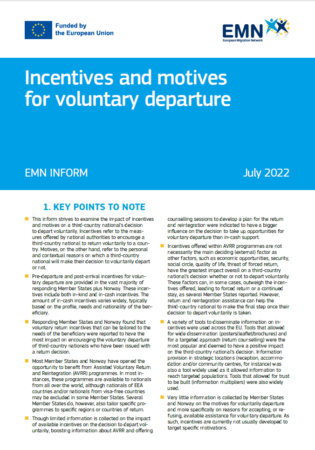
This inform strives to examine the impact of incentives and motives on a third-country national’s decision to depart voluntarily. Incentives refer to the measures offered by national authorities to encourage a third-country national to return voluntarily to a country. Motives, on the other hand, refer to the personal and contextual reasons on which a third-country national will make their decision to voluntarily depart or not.
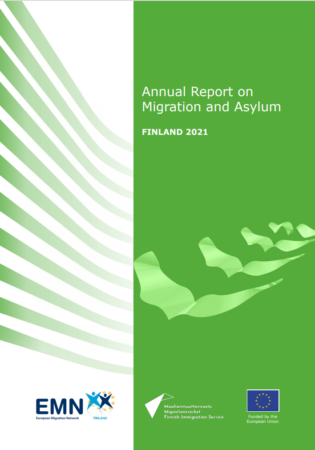
This report gives an overview of the developments in immigration and asylum policy that have taken place in Finland in 2021. The report goes through developments in legislation, policy and practice. The report also contains a wide array of immigration statistics
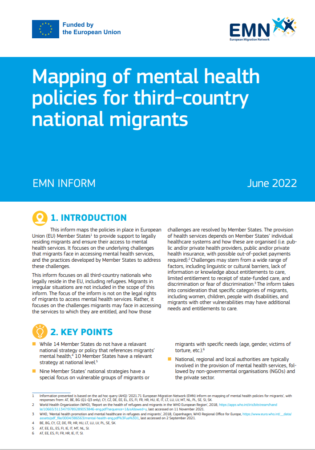
This inform maps the policies in place in European Union (EU) Member States to provide support to legally residing migrants and ensure their access to mental health services. It focuses on the underlying challenges that migrants face in accessing mental health services, and the practices developed by Member States to address these challenges. This inform focuses on all third-country nationals who legally reside in the EU, including refugees. Migrants in irregular situations are not included in the scope of this inform.
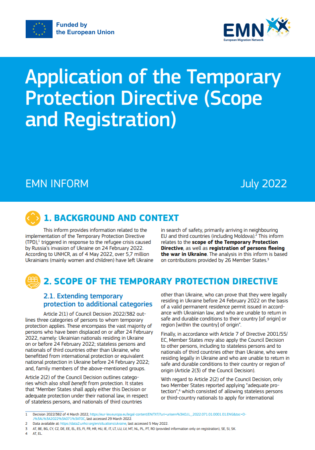
This inform provides information related to the implementation of the Temporary Protection Directive (TPD), triggered in response to the refugee crisis caused by Russia’s invasion of Ukraine on 24 February 2022. According to UNHCR, as of 4 May 2022, over 5,7 million Ukrainians (mainly women and children) have left Ukraine in search of safety, primarily arriving in neighbouring EU and third countries (including Moldova). This inform relates to the scope of the Temporary Protection Directive, as well as registration of persons fleeing the war in Ukraine. The analysis in this inform is based on contributions provided by 26 Member States.
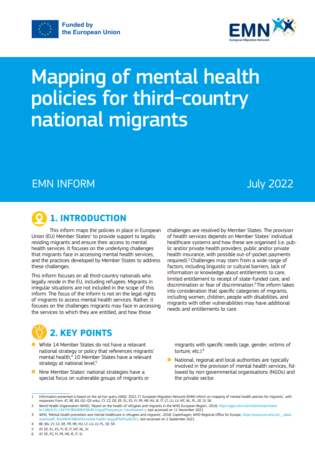
This inform maps the policies in place in European Union (EU) Member States to provide support to legally residing migrants and ensure their access to mental health services. It focuses on the underlying challenges that migrants face in accessing mental health services, and the practices developed by Member States to address these challenges.